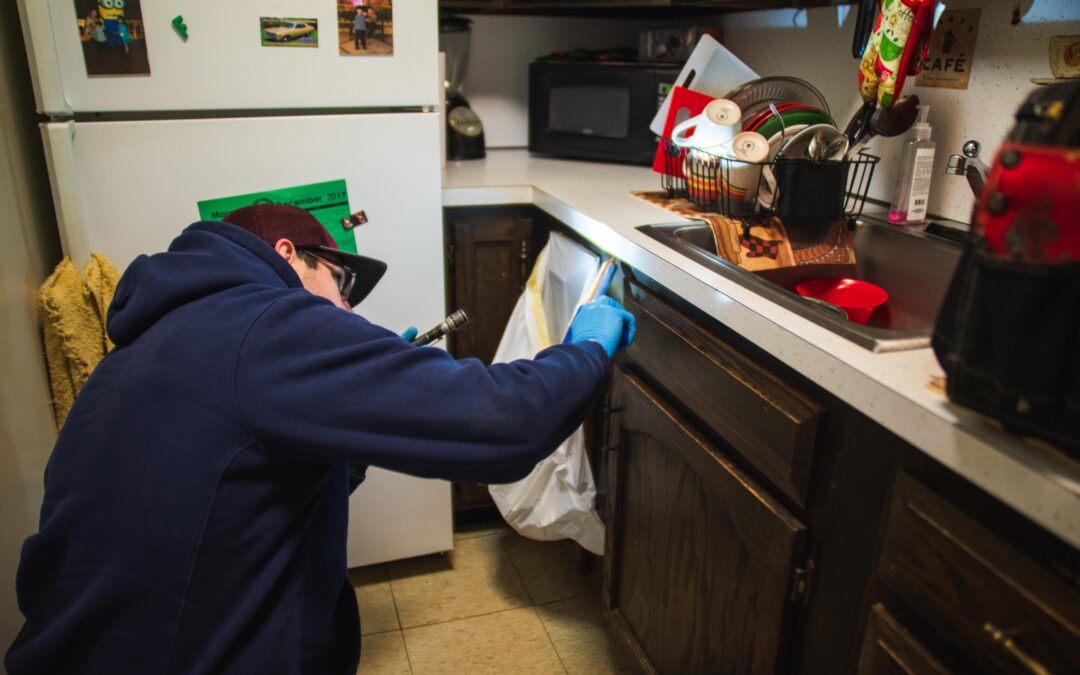Numerous insects are attracted to lights, including non-pest insects. In order to use light for insect pest control, special types of bulbs that emit distinct lightwaves are used as a lure in light traps, such as “bug zappers.” Insect light traps are used mainly for controlling airborne insect pests, such as flies and mosquitoes, but the effectiveness of light traps varies from product-to-product. Three types of visual lures are used in insect pests traps, including bulbs that emit various amounts of UV light, light colored surfaces that reflect light, and surfaces that contrast light colors with shade.
Incandescent, fluorescent, and UV lights are all used for insect control purposes, and they all emit varying levels of UV light, which insects naturally gravitate toward. Some products that attract insect pests with UV light kill bugs on contact by means of electrocution, while others contain sticky surfaces that insects adhere to before eventually dying. Most “light traps” attract and trap insect pests in a particular compartment that can be detached in order to remove dead insects that have accumulated in the trap overtime. These light traps are used by entomologists and pest control professionals for determining which insect species can be found in particular areas. These light traps are also useful for determining which specific areas see the greatest abundance of particular insect species.
Light traps have been successfully used to reduce the number of fly pests within homes, especially cluster flies that overwinter in attics. “Sconce traps” are decorative lights that attract a variety of insects with UV light, and they best suited for keeping areas that are frequently inhabited by humans free of fly pests. For example, sconce traps are ideal for restaurants where flies gravitate toward food and garbage, and they are commonly placed around entryways to reduce the number of flies that enter through doors that open frequently. Studies have found that electric bug zappers are largely ineffective for mosquito control purposes, as mosquitoes are more attracted to the carbon dioxide emitted from humans than they are to UV lights.
Have you ever used a bug zapper with success?

